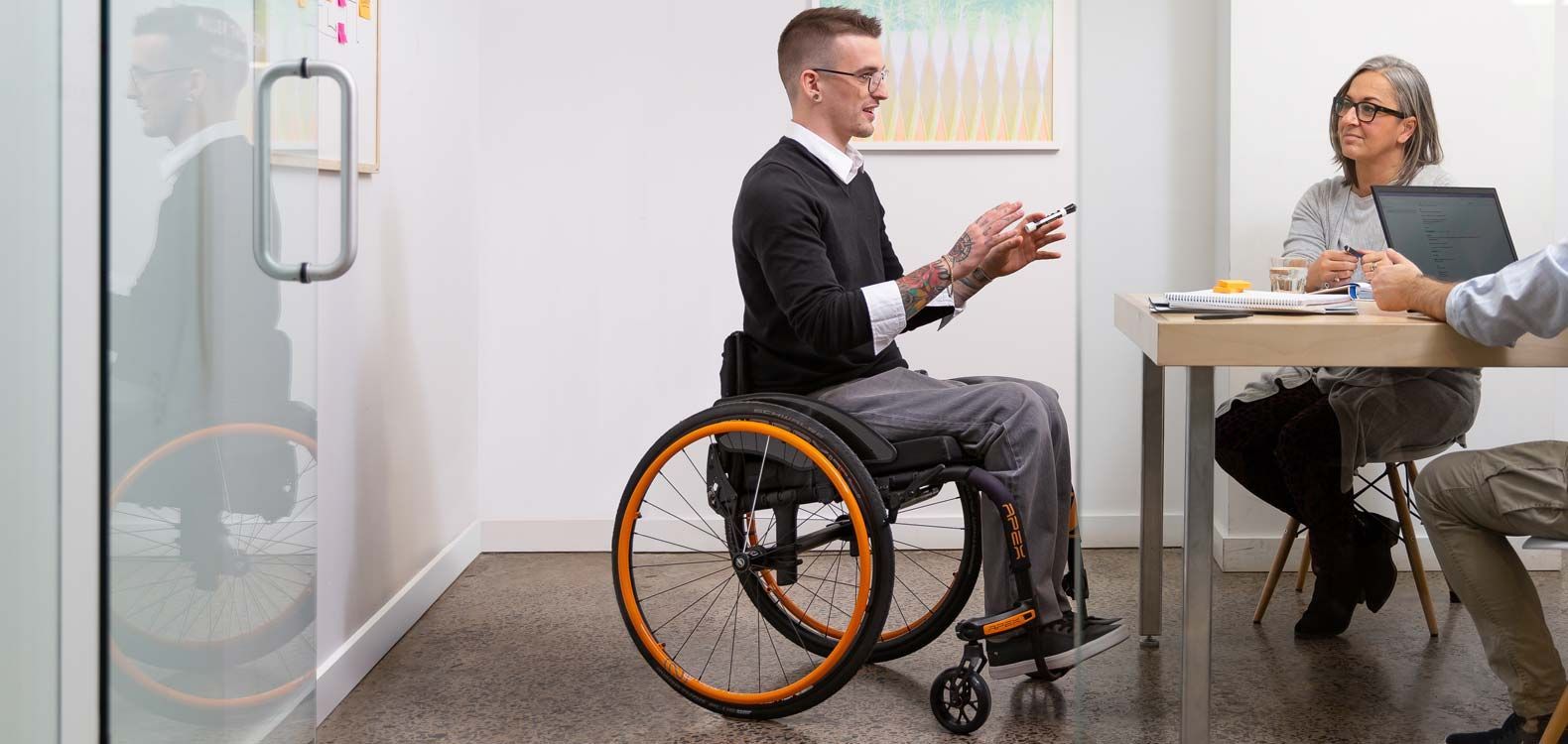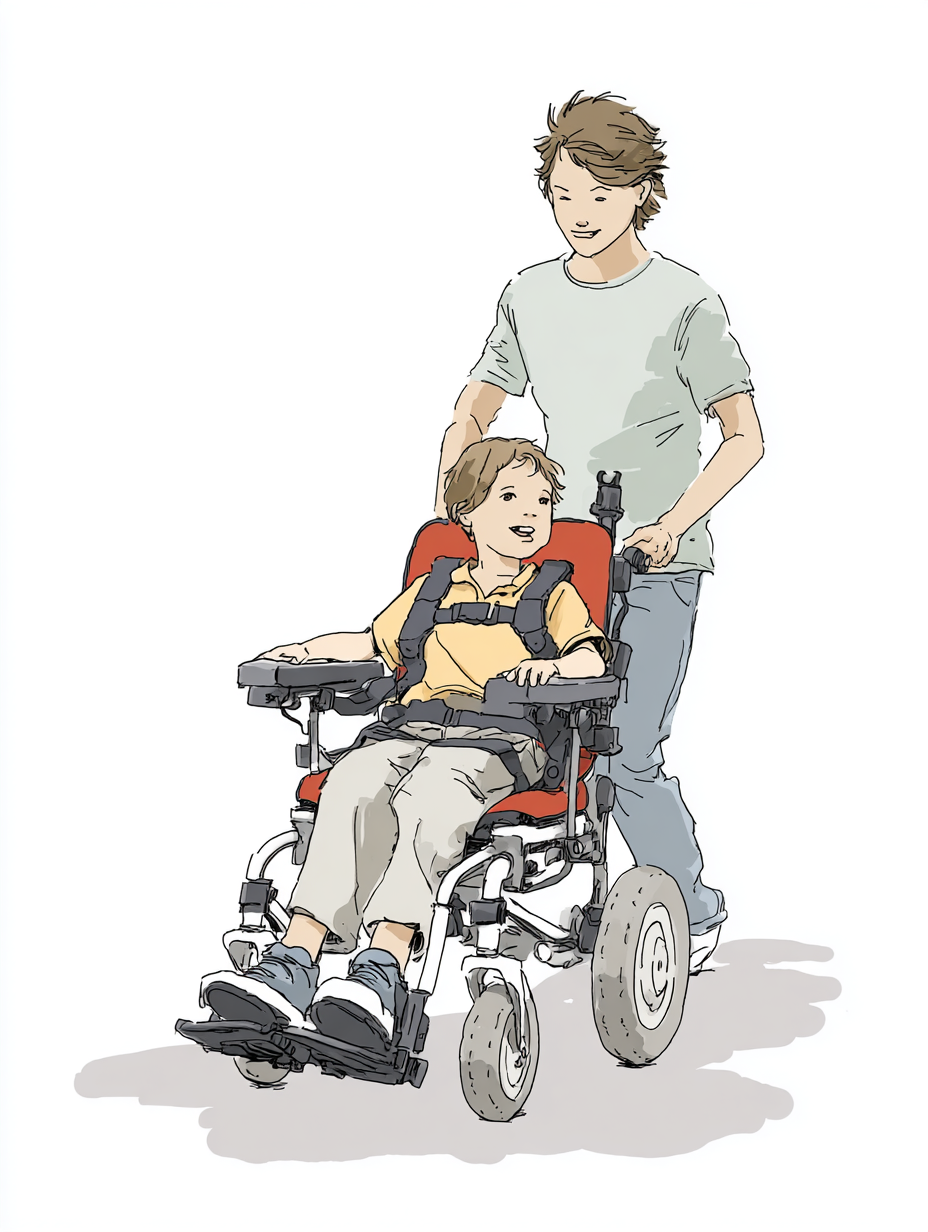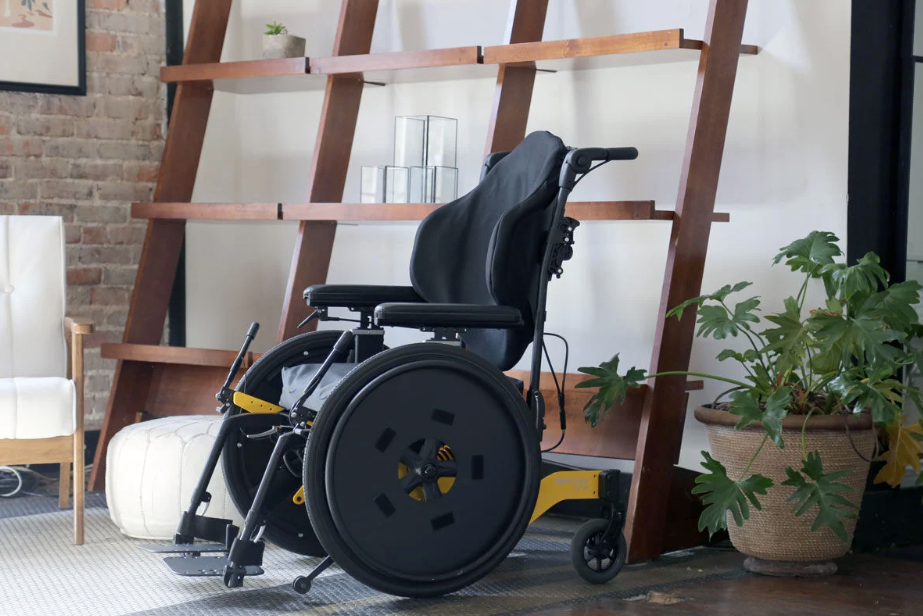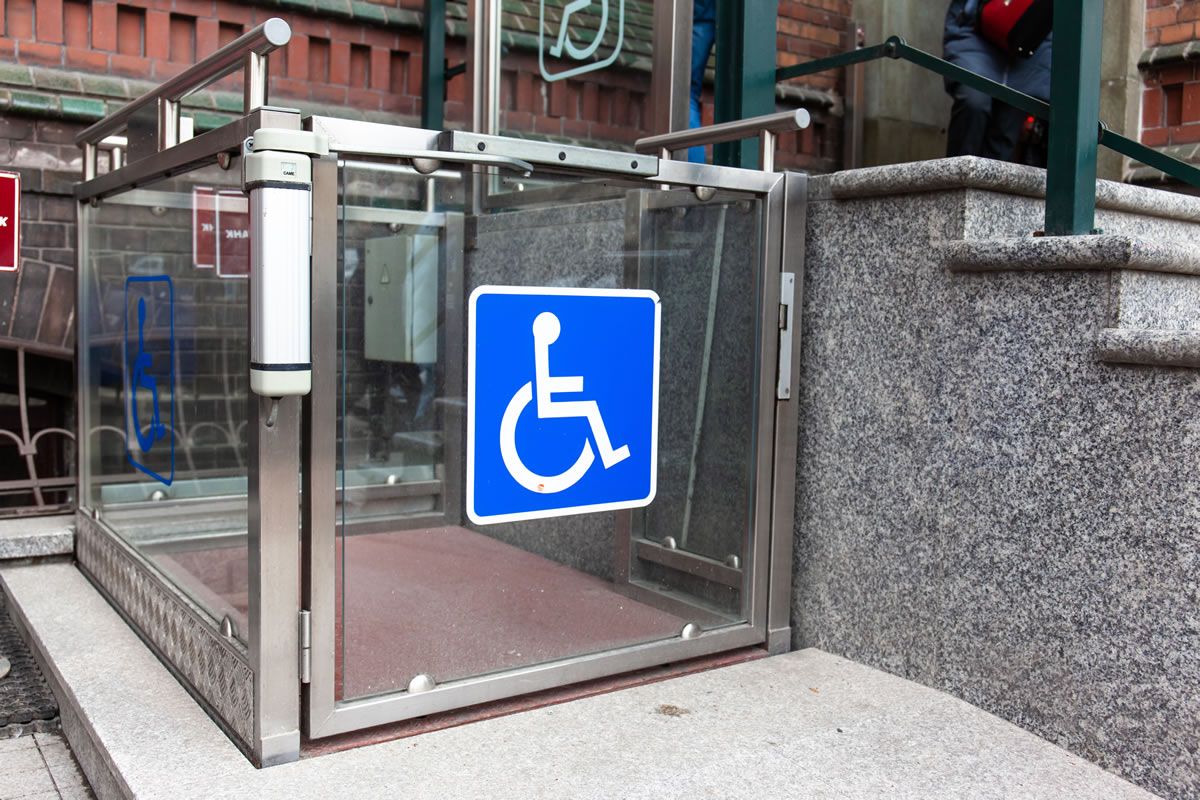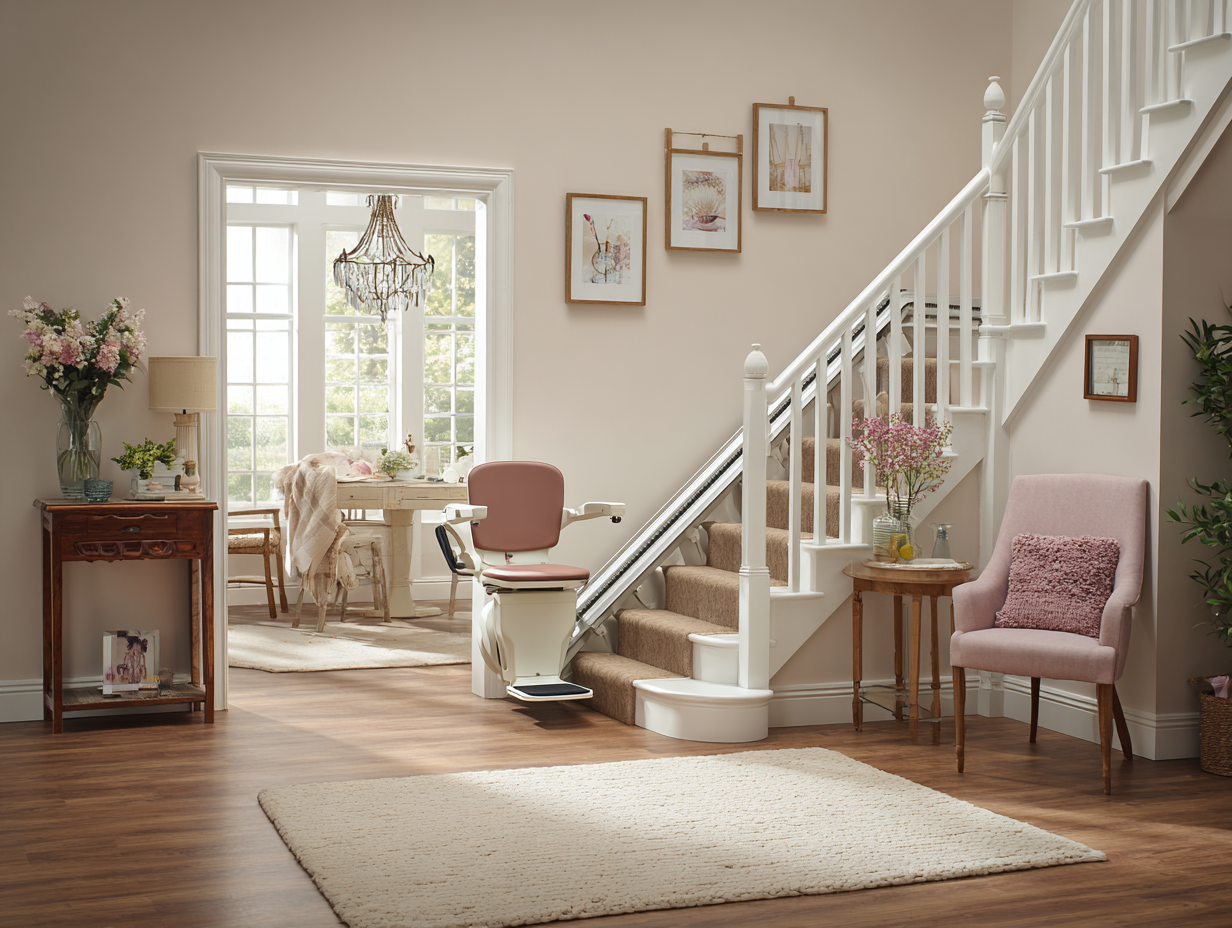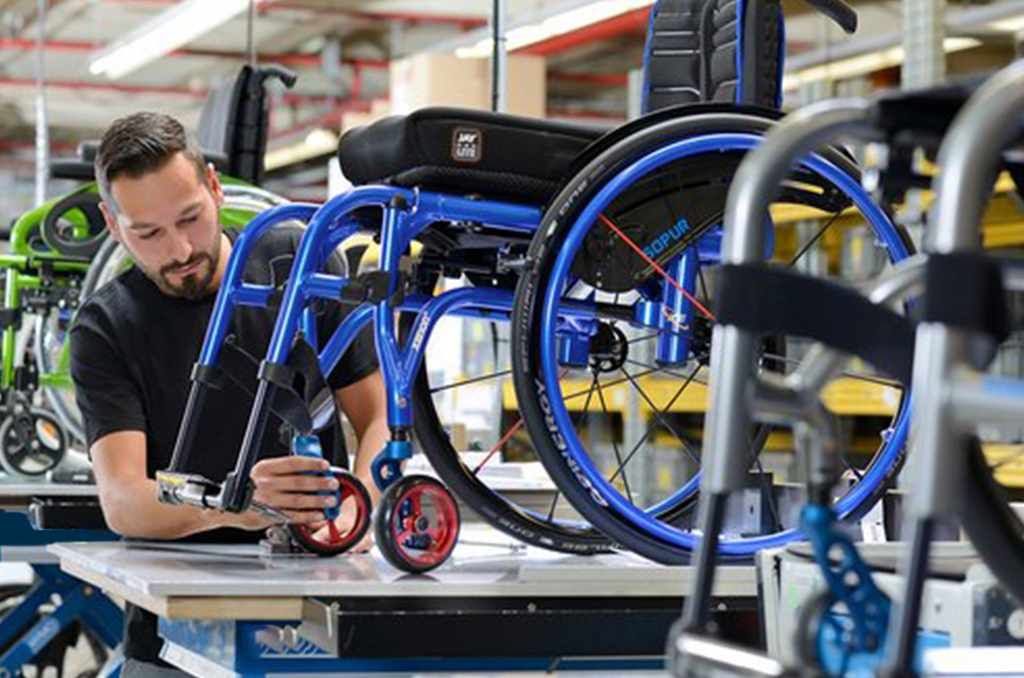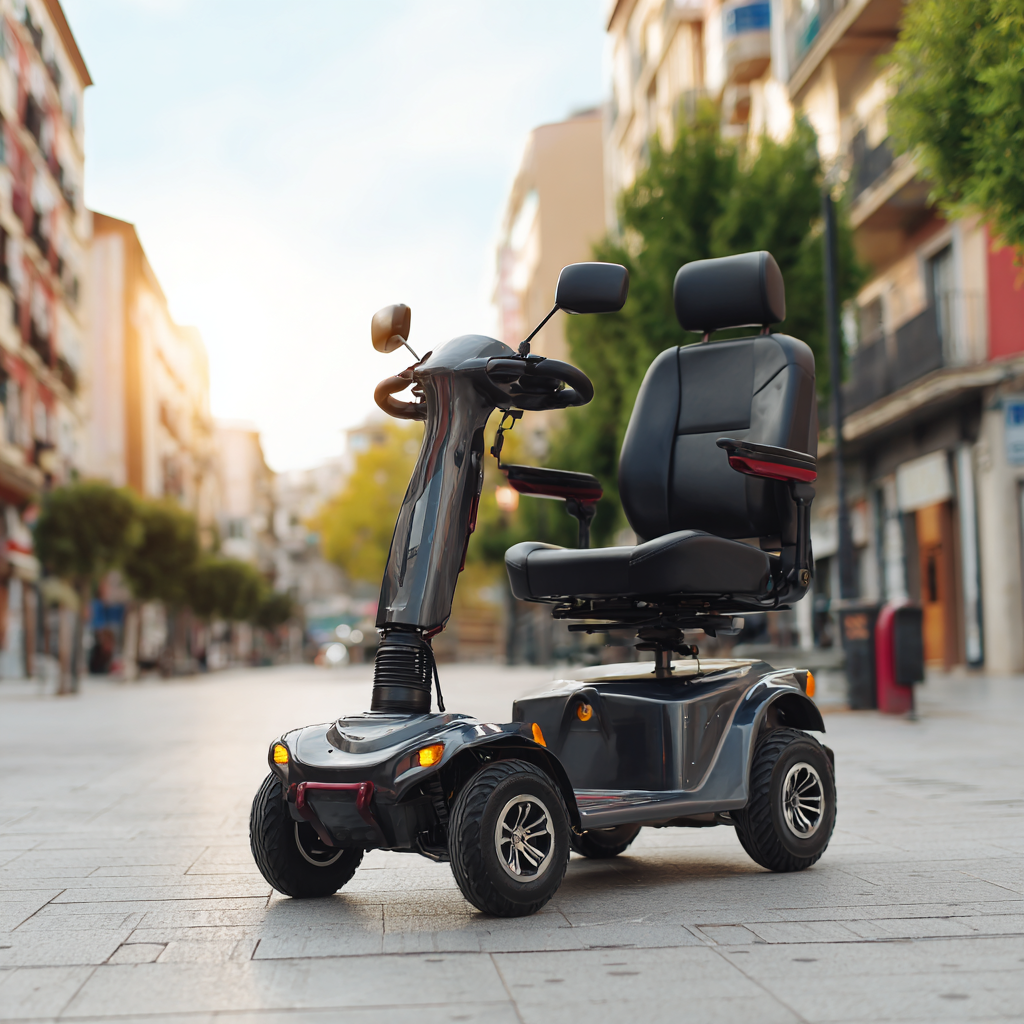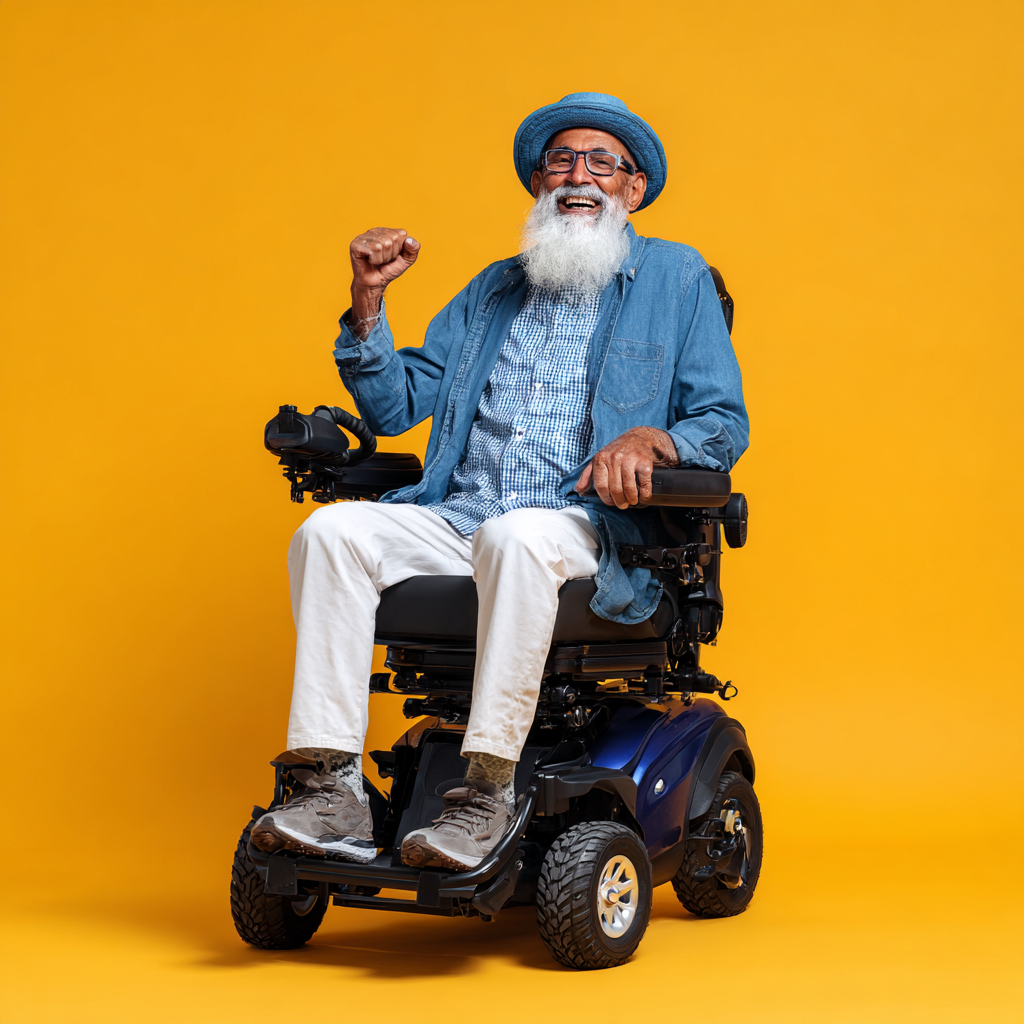For children with mobility challenges, the right equipment can make a world of difference. It’s not just about movement, it’s about confidence, growth, and the freedom to explore. One of the most impactful tools for supporting a child’s physical development and independence is the pediatric walker.
In this article, we’ll break down everything parents and caregivers need to know about pediatric walkers, from their benefits and types to how to choose the right one for your child’s needs.
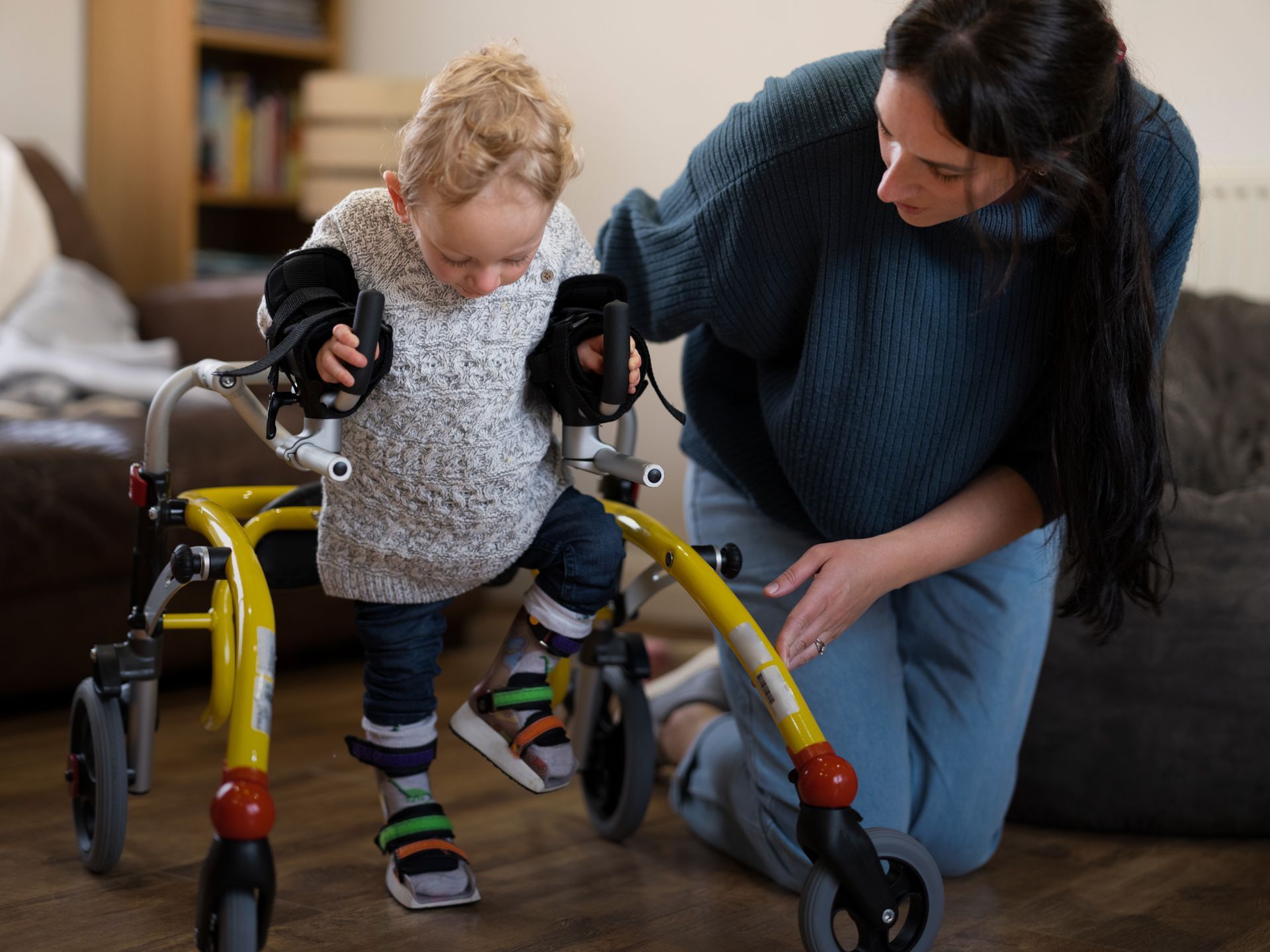
What Is a Pediatric Walker?
A pediatric walker is a mobility device designed to help children who have difficulty walking on their own due to physical or developmental conditions. Unlike standard adult walkers, pediatric models are built for smaller frames and growing bodies, offering a combination of stability, safety, and comfort.
Walkers give children the support they need to move independently while encouraging natural posture and coordination. Whether used for daily mobility, therapy, or rehabilitation, they play a critical role in promoting both physical and emotional growth.
Why Pediatric Walkers Matter
For children, walking isn’t just about getting from point A to point B, it’s about experiencing the world around them, building confidence, and engaging with others.
Pediatric walkers provide several essential benefits that support this growth:
1. Promotes Independence
Walkers allow children to move on their own terms. They no longer have to rely fully on caregivers or wheelchairs for short distances, which can make a huge difference in their sense of autonomy and confidence.
2. Improves Strength and Coordination
Using a walker helps strengthen leg, arm, and core muscles. It also supports motor planning and coordination — skills that are critical to overall development.
3. Encourages Social Interaction
When a child can move more freely, they’re more likely to play, explore, and interact with other children. This can improve social skills, confidence, and emotional well-being.
4. Supports Posture and Alignment
Pediatric walkers are designed to promote proper body positioning. Many models include adjustable supports and handles that help align the spine and hips for healthy posture.
5. Enhances Safety and Stability
For children with balance or muscle control challenges, walkers provide a stable frame that reduces the risk of falls. Non-slip grips, swivel casters, and braking systems offer added control and security.
Types of Pediatric Walkers
Every child’s needs are unique, which is why pediatric walkers come in a variety of styles. Understanding the differences can help you select the right one for your child’s mobility goals.
1. Anterior Walkers (Front-Support Walkers)
- Positioned in front of the child.
- Encourages forward motion and active movement.
- Great for children with stronger balance and stability.
- Often includes wheels or gliders for smooth movement.
Best for: Children who need minimal support and can bear weight independently but require balance assistance.
2. Posterior Walkers (Reverse Walkers)
- Positioned behind the child rather than in front.
- Promotes a more upright posture and natural walking pattern.
- Reduces the risk of leaning forward or hunching.
- Often used in therapy and rehabilitation settings.
Best for: Children with cerebral palsy or those who need posture correction while walking.
3. Gait Trainers
- Highly adjustable walkers that provide extensive support.
- Include harnesses, pelvic supports, and forearm platforms.
- Can assist with weight-bearing, stepping, and alignment training.
Best for: Children who need significant support with balance, coordination, or leg movement.
4. Specialized or Adaptive Walkers
- Customizable for children with complex mobility needs.
- May include additional padding, arm troughs, or trunk supports.
- Designed to grow with the child through modular components.
Best for: Children with unique physical or developmental needs requiring tailored solutions.
How to Choose the Right Pediatric Walker
Selecting the right walker is a collaborative process that should consider the child’s age, physical ability, and environment.
Here’s what to keep in mind:
1. Growth and Adjustability
Children grow quickly, so a walker that can adjust in height and width is essential. Adjustable models ensure the device continues to fit properly over time, maintaining both comfort and safety.
2. Level of Support
Some children need only light balance assistance, while others require full weight-bearing support. Assessing your child’s strength and stability helps determine the type of walker that best fits their needs.
3. Mobility Environment
Consider where the walker will be used most frequently:
- Indoors: Look for models with smooth, quiet casters and compact frames.
- Outdoors: Choose durable wheels and lightweight, weather-resistant materials.
4. Ease of Use and Portability
A walker should be easy to maneuver, fold, and transport — especially for families who travel frequently or use vehicles with limited storage space.
5. Comfort and Ergonomics
Ensure that handles, grips, and padding are comfortable and properly positioned. Proper ergonomic design helps prevent fatigue and encourages longer, more effective use.
6. Professional Fitting and Adjustment
A professional fitting is crucial for safety and performance. At Universal Health Products, our specialists ensure every child’s walker is adjusted to their exact height, weight, and needs.
Pediatric Walkers vs. Gait Trainers
Parents often ask about the difference between a pediatric walker and a gait trainer. While they look similar, they serve slightly different purposes.
Pediatric walkers provide mobility assistance for children who can partially or fully bear their own weight.
Gait trainers are designed for children who need more structured support to learn the walking motion itself.
Both can be used together during different stages of a child’s mobility development, depending on their progress and physical condition.
Why Choose Universal Health Products for Pediatric Mobility
At Universal Health Products, we know that every child’s journey is unique. Our goal is to help families find the right mobility solutions to enhance comfort, safety, and independence.
Here’s what sets us apart:
- Expert guidance from trained mobility specialists.
- Wide selection of pediatric walkers and gait trainers from trusted brands.
- Professional fitting and customization for every child’s needs.
- Ongoing maintenance and support to ensure lasting reliability.
As well, we all know that mobility equipment can be a significant investment, but financial assistance is available for Ontario residents through programs like the Assistive Devices Program (ADP). At Universal Health Products, our experts assist parents with the full ADP process, from assessment referrals to paperwork and follow-up support, to make sure your child receives the right device without financial strain.
Final Thoughts
Choosing the right pediatric walker is one of the most important steps in supporting your child’s mobility, independence, and development. With professional guidance, the right equipment can open new doors for growth, both physically and emotionally.
📍
Visit our showroom at: 635 Tecumseh Road West, Windsor, Ontario N8X 1H4
🌐And Explore our pediatric solutions online:
https://www.universalhealthproducts.ca/category/Pediatrics
